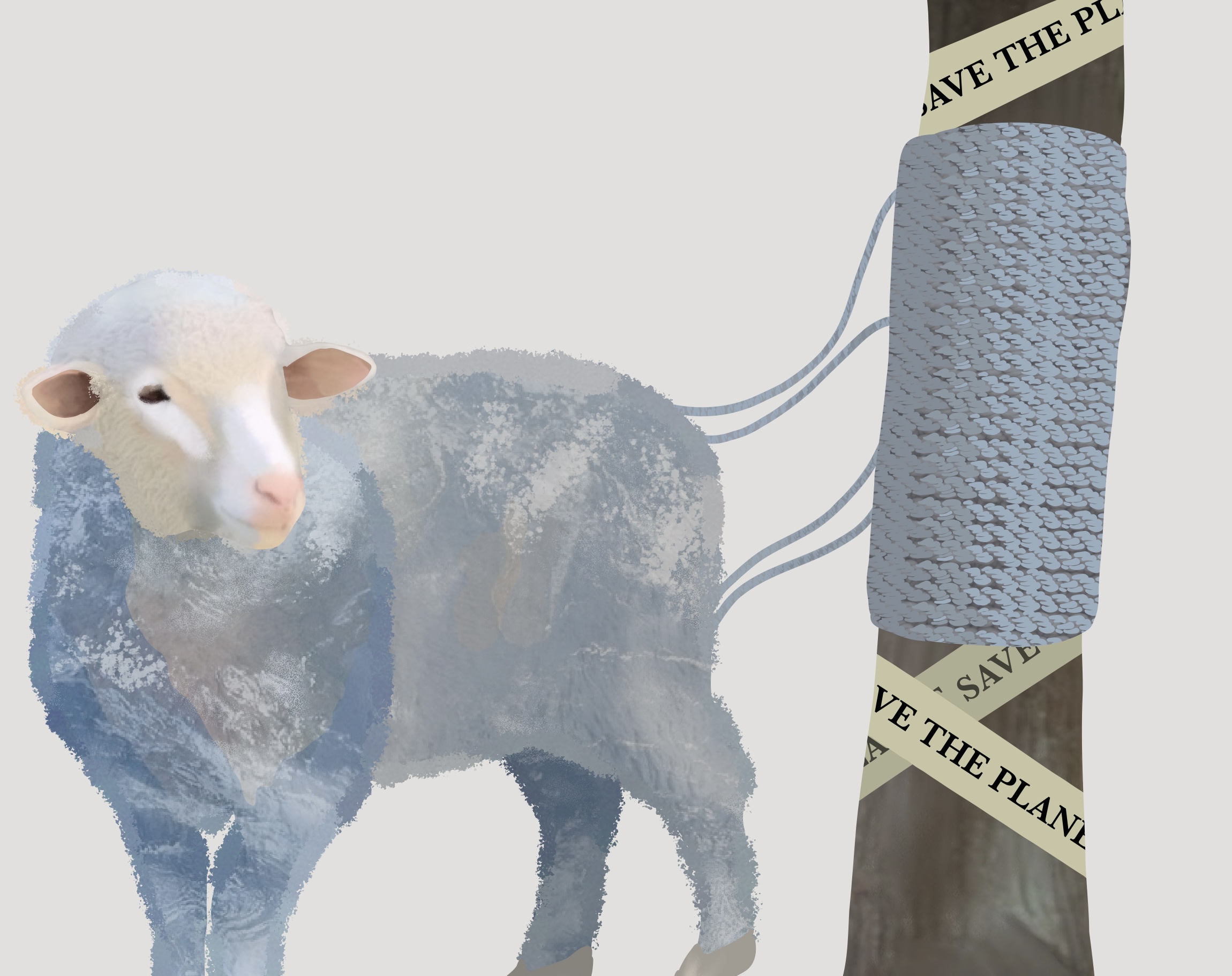Is art activism actually hurting the planet?
Is art activism actually hurting the planet?
Environmental art activism has turned out to be a potent resource for creating awareness and stimulating change. However, despite the best of intentions, art activism may impose harm to the cause which these very activists are intending to support.
One such practice is yarn bombing, which involves covering public infrastructure with knitted materials. While this form of art can offer a comforting rhythm that encourages consumers to rethink waste, it has several environmental drawbacks. Most of the material that yarn bombers use is acrylic yarn, which in reality is plastic, and contributes heavily to pollution. Further, loose yarns often pose a danger to animals who surround the area when they swallow them or when they get caught in the airways. Wrapping strings around tree trunks or vines tends to fill the tree with moisture and create an environment fanatical to fungi, and hence can inhibit the growth of the tree.
Similarly, although large scale eco-artworks have their statements all over the place, these artworks love irony, for their impacts to the environment can be paramount. Making practical, large sculpture installations requires lots of energy and resources, adding onto the resource depletion and increased carbon emissions. In addition, rapidly removed installations can be wasteful and energy unfriendly.
Political art, while effective in making views related to certain topics more visible, may also have negative effects. The problem stems from the pollution caused by the use of paint or other materials. In addition, the removal of political symbolism from areas of public consumption is often accomplished through the application of chemicals or physical processes that are wasteful.
To reduce these impacts, there are alternatives that artists and activists can try out. Using biodegradable or recycled resources can help minimize environmental harm. Measures of art activism can be addressed through platforms that are virtual. Putting together pieces that can be taken apart and leave nothing behind will keep pollution at a minimum. Involving communities in eco-friendly projects can promote and motivate respect for the environment. Lastly, making art out of waste helps use potential waste in a more creative way and develops a circular economy.
Despite these setbacks, art still plays a role in environmental action. A 2021 study drew attention to how art-ivism helped defeat the construction of a coal-export terminal in California by broadening the scope of the campaign and targeting those who make decisions. In another study published by the American Psychological Association Journal, artworks depicting the glory and connection of nature have the strongest impact in their quest for climate action from the general audience.
Art activism plays an appropriate role in the ecosystem initiatives. However, the environmental consequences of such practices must be weighed. Artists have the responsibility to enlighten the public while at the same time, use methods and materials that are not harmful to the environment. Creativity will be an important ingredient to this process as we imagine new approaches to making art that will change the world without harming it.

